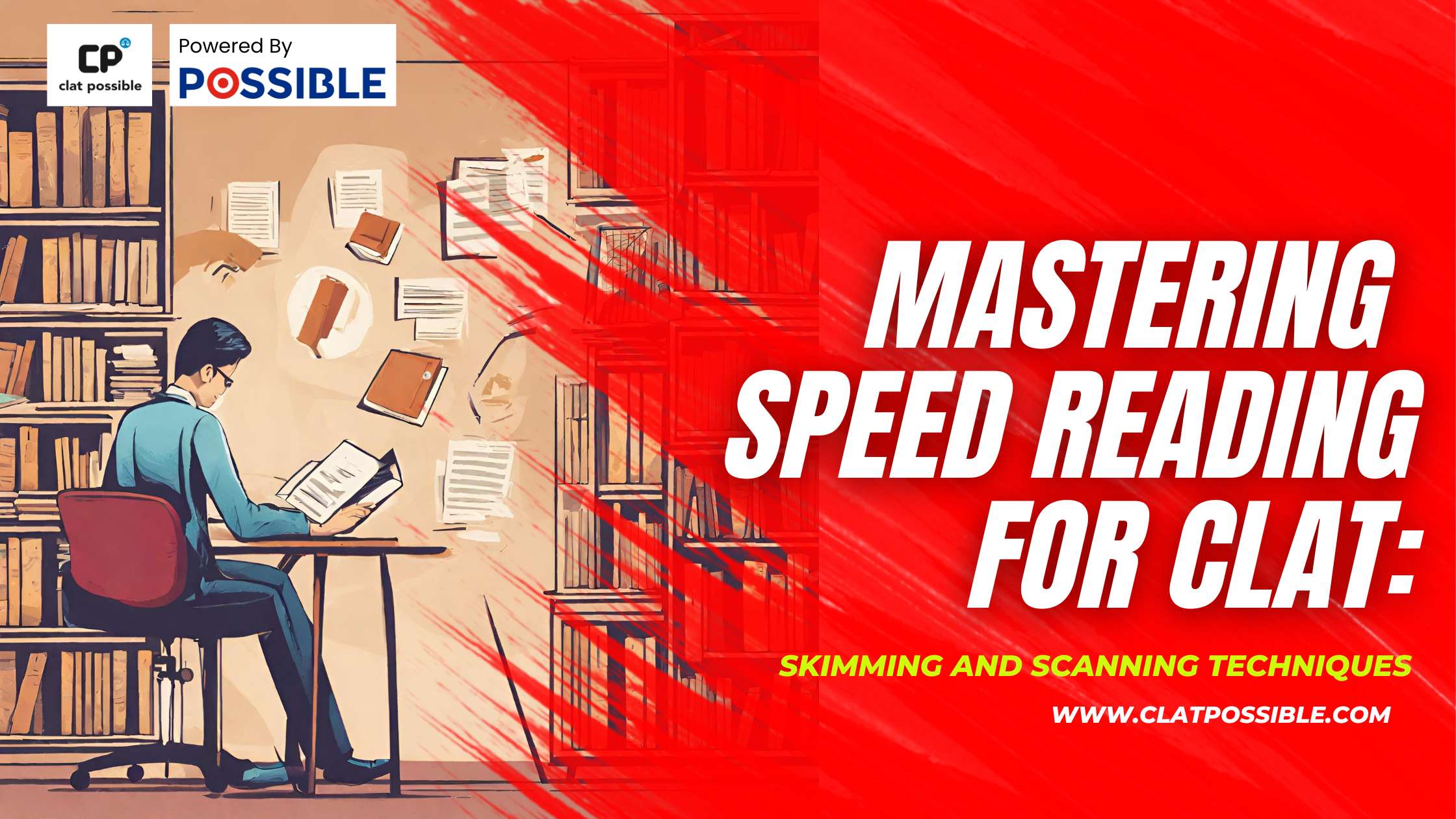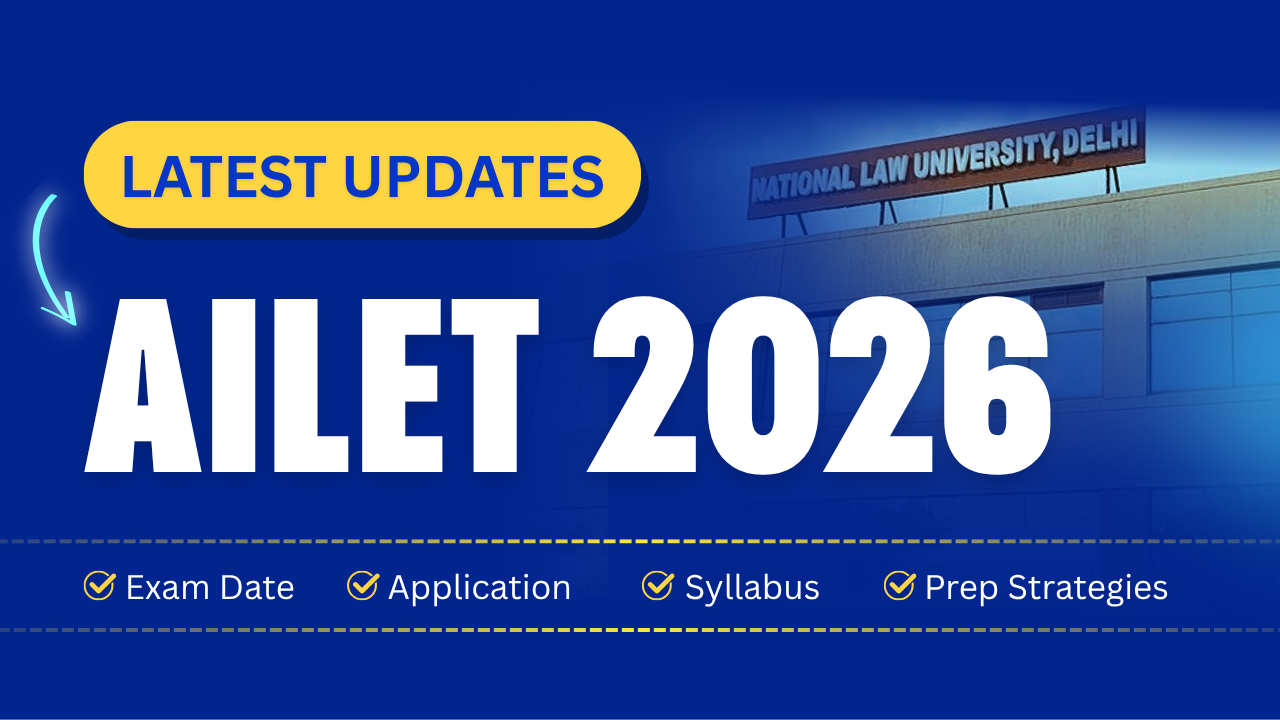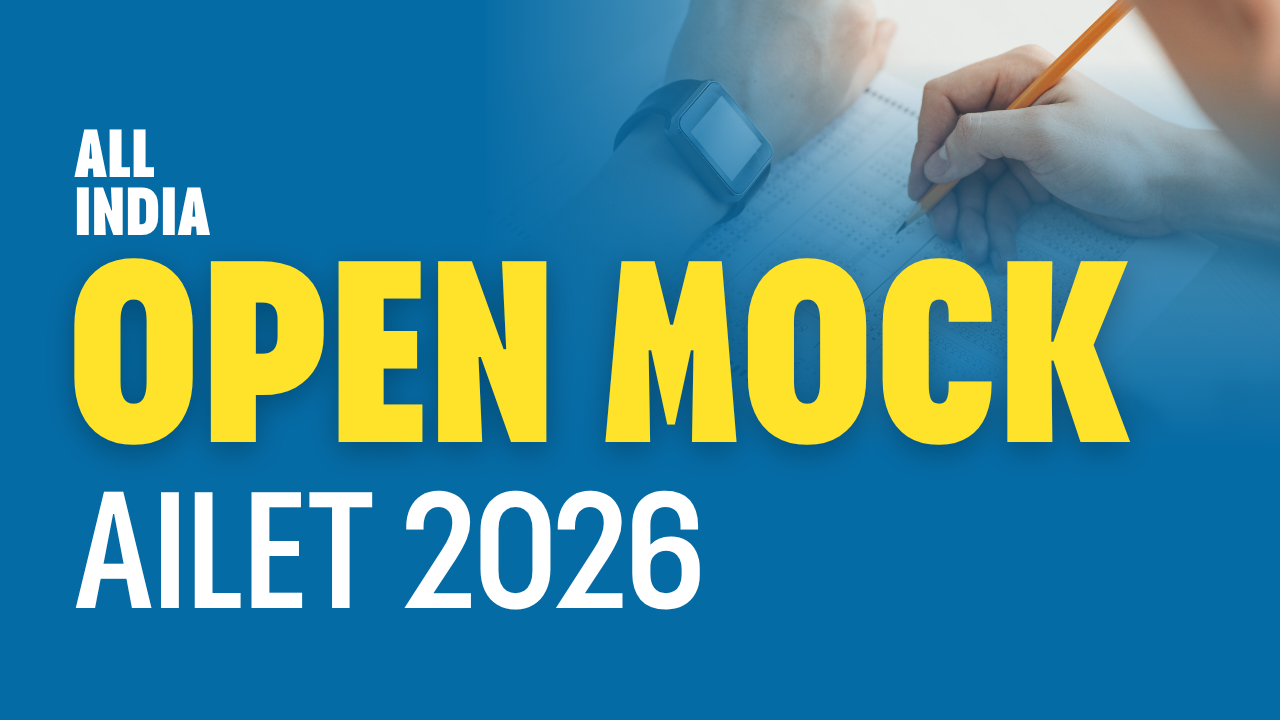By I Jan 05, 2024

Introduction
For law aspirants aiming to excel in the Common Law Admission Test (CLAT), mastering speed reading techniques is an essential skill. In an exam that tests not only your knowledge but also your ability to quickly process information, efficient reading strategies like skimming and scanning are invaluable. This comprehensive blog post delves into these techniques, offering insights and practical advice for CLAT preparation.
The Critical Role of Speed Reading in CLAT
The CLAT examination, with its dense legal texts and time constraints, demands proficiency in rapid reading and comprehension. Mastery of speed reading techniques is not just beneficial but essential. Skimming and scanning are the keystones of speed reading, enabling aspirants to navigate complex legal materials swiftly and effectively.
Skimming: A Quick Overview Technique
Skimming is a preliminary reading technique that involves a rapid overview of the text to grasp the main idea, structure, and key themes. It’s particularly useful for CLAT aspirants when they encounter lengthy legal passages. By quickly reading the titles, headings, subheadings, and paying attention to emphasized text like words in bold or italics, students get an overarching view of the content. This technique is invaluable in CLAT, where understanding the broader context of a passage is often as important as the details.
Scanning: Searching for Specifics
Scanning is a focused reading technique where the reader looks for specific information within a text. It is akin to using a spotlight to seek out particular facts, figures, or keywords that are directly relevant to the questions in the CLAT. Especially useful in the comprehension section, scanning enables students to extract necessary details from complex passages quickly.
Utilizing a Pacer for Improved Reading
A pacer, like a pen or a finger, can significantly enhance reading speed. It guides the eyes across the text, promoting a faster reading pace and reducing unnecessary backtracking. This tool is particularly beneficial during long study sessions, helping maintain focus and speed, crucial for effective CLAT preparation.
Keyword Focus: Enhancing Comprehension
Concentrating on keywords - typically nouns, verbs, and adjectives - while reading can streamline the process, enabling quick identification of central ideas and arguments. This approach is particularly effective for deciphering the essence of complex legal texts, an essential skill for excelling in CLAT.
The Importance of Taking Regular Breaks
Continuous reading without breaks can lead to fatigue and decreased retention. Incorporating short, regular breaks in study sessions can prevent exhaustion and enhance focus and memory retention. This strategy is especially important for CLAT aspirants who often engage in prolonged periods of study.
Practice Makes Perfect
Like any skill, proficiency in speed reading requires regular practice. Starting with simpler texts and gradually progressing to more complex legal documents is an effective approach. Engaging with online resources and mock tests further refines these skills, making navigating the demanding reading requirements of CLAT more manageable.
FAQs
How much time should I devote to speed reading practice for CLAT?
Dedicate at least 30-45 minutes daily to speed reading practice. Consistency is essential for improvement.
Will speed reading affect my comprehension in the CLAT exam?
Proper practice ensures that speed reading improves both pace and comprehension, which are vital for the CLAT exam.
Which is more effective for practicing these techniques for CLAT - digital texts or physical books?
Both formats are effective. Choose the format you are most comfortable with and likely to encounter in the CLAT exam.
Can these speed reading techniques be applied to all sections of the CLAT?
Yes, these techniques are versatile and can be beneficial for various sections of the CLAT, particularly those involving comprehension.
How can I track my progress in speed reading for CLAT?
Use regular mock tests and timed reading exercises to monitor improvements in speed and comprehension.
Conclusion
In conclusion, skimming and scanning are essential speed reading techniques for any CLAT aspirant. Integrating these methods into your preparation strategy can significantly improve your ability to quickly understand and analyze complex texts. Remember, achieving proficiency in speed reading comes with practice and dedication. By embracing these techniques, you will be well-equipped to tackle the challenges of the CLAT exam and move closer to achieving your goal of a career in law.
For more informative blogs on CLAT 2025 Preparation, Click Here!



